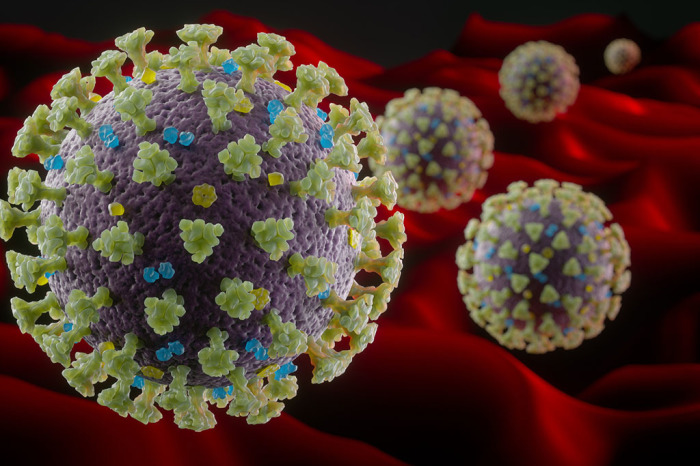Multiple periods of social distancing will be needed to beat coronavirus, Harvard researchers say

Multiple periods of controlled social distancing measures will be necessary into 2022 to beat the new coronavirus if there are no other treatments implemented to fight it, such as a vaccine or expanding critical care capacity, according to a group of Harvard researchers studying the pandemic.
In a pre-print of Social distancing strategies for curbing the COVID-19 epidemic posted on the medRxiv pre-print server Tuesday, authors Stephen Lissler, Christine Tedijanto, Marc Lipsitch and Yonatan Grad of Harvard’s Chan School of Public Health argue that "a single period of social distancing will not be sufficient" to stem the onslaught of the pandemic.
U.S. Surgeon General Jerome Adams explained in a message to churches on Thursday that the essence of the federal government’s 15-day plan to slow the spread of the coronavirus nationwide is social distancing in the absence of any known cures.
The Harvard researchers add in their study, which hasn't been peer-reviewed, that if a vaccine or other interventions such as increasing America’s critical care capacity is not included as a part of the response to the pandemic, the country will likely need multiple periods of social distancing, turning on and off, until 2022, allowing people to build up immunity over time and preventing a strain on healthcare resources.
The periods of social distancing will also require “widespread surveillance to monitor when the prevalence thresholds that trigger the beginning or end of distancing have been crossed.”
The researchers made their recommendations using a longstanding epidemiological model known as "SEIR," which means the "susceptible," "exposed," "infectious," and "recovered" individuals in a community.
Using differential equations, the researchers were able to forecast how fast a disease might spread based on how many people are in a community and how many are already sick or who have gotten better or died.
They suggest a threshold to be maintained of no more than 37.5 cases of the disease per 10,000 adult people in the population before turning the "on" switch for social distancing. They also estimate that this threshold would keep the number of patients needing critical care at 0.89 persons for every 10,000 people in the population, which should be adequate to not overwhelm the healthcare system.
“A single period of social distancing will not be sufficient to prevent critical care capacities from being overwhelmed by the COVID-19 epidemic, because under any scenario considered it leaves enough of the population susceptible that a rebound in transmission after the end of the period will lead to an epidemic that exceeds this capacity,” the researchers note.
“This resurgence could be especially intense if it coincides with a wintertime rise in R0. Intermittent social distancing can maintain the prevalence of critical COVID-19 illness within current capacities, but this strategy could prolong the overall duration of the epidemic into 2022,” they said.
By increasing critical care capacities they argue, the overall duration of the pandemic can be decreased while “ensuring adequate care for the critically ill.”
“Our findings agree with observational and modelling studies that find that early implementation of strong social distancing is essential for controlling the spread of SARS-CoV-2 and that, in the absence of the development of new therapies or preventative measures, such as aggressive case finding and quarantining, intermittent distancing measures may be the only way to avoid overwhelming critical care capacity while building population immunity,” they argue.
“The observation that strong social distancing can lead to especially large resurgences agrees with data from the 1918 influenza pandemic in the United States, in which the size of the autumn 1918 peak of infection was inversely associated with that of a subsequent winter peak after interventions were no longer in place,” the researchers explain.





























